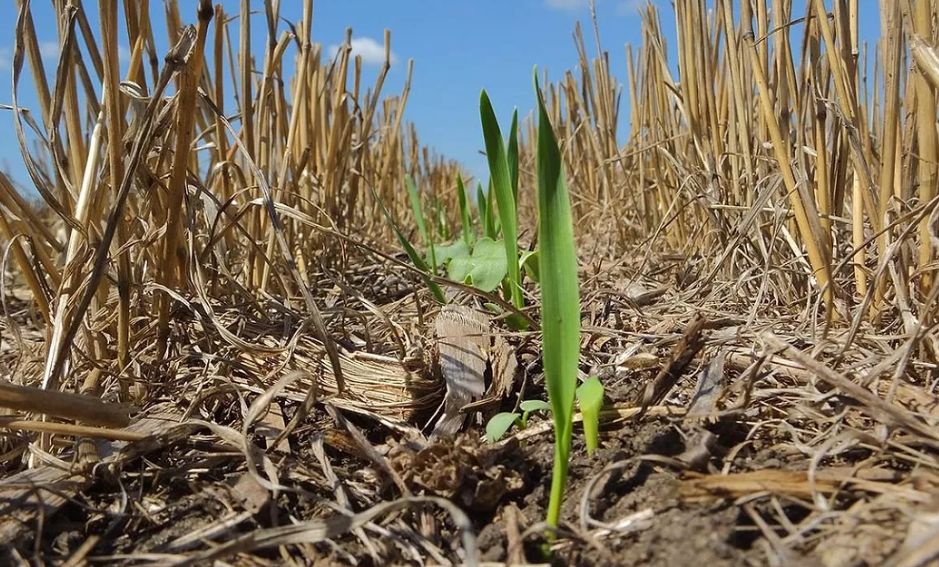What Are Cover Crops? Essential Guide for Healthy Soil
Cover crops are special plants grown not for eating, but to protect and improve soil health. Farmers and gardeners often plant them between main crops to keep the ground fertile, prevent erosion, and reduce weeds.
In this guide, we’ll explore why cover crops are important, their types, how and when to plant them, and the many benefits they bring to farms and gardens.
🌱 Why Plant Cover Crops?
Cover crops offer many benefits beyond just filling empty fields:
-
Prevent Soil Erosion – Their roots hold soil together and stop it from washing away.
-
Enrich the Soil – They add nutrients, especially nitrogen, making the soil more fertile for future crops.
-
Suppress Weeds – By covering the soil, they block sunlight and stop weeds from growing.
-
Support Soil Health – Some crops break up hard soil and improve water movement.
🌾 Types of Cover Crops
| Type | Benefits |
|---|---|
| Legumes (clover, peas, beans) | Add nitrogen and improve soil fertility |
| Grasses (rye, oats, wheat) | Prevent soil erosion and add organic matter |
| Brassicas (radish, mustard, turnip) | Break up compacted soil and improve drainage |
How to Plant Cover Crops
First, choose the right cover crop. This depends on your soil and climate. Then, prepare the soil. Remove weeds and rocks.
Next, plant the seeds. Follow the instructions on the seed packet. Water the seeds if needed. Soon, you will see little plants.
-
Choose the Right Crop – Pick based on your soil type and climate.
-
Prepare the Soil – Remove weeds, stones, and debris.
-
Plant the Seeds – Follow seed packet instructions for spacing and depth.
-
Water If Needed – Some crops may need light watering for germination.
-
Watch Them Grow – Within days or weeks, small plants will cover your soil.

Credit: citrusindustry.net

Credit: www.covercropstrategies.com
When to Plant Cover Crops
Plant cover crops after your main crop. This is usually in late summer or early fall. Some cover crops can be planted in spring.
It is important to plant before the first frost. Frost can kill young plants. Make sure the cover crops have time to grow.
Taking Care of Cover Crops
Cover crops do not need much care. Water them if the weather is dry. Check for pests. Some insects can harm the plants.
Let the cover crops grow until spring. Then, you can cut them down. Let them dry on the soil. This adds more nutrients to the soil.
🌍 Environmental Benefits of Cover Crops
Cover crops not only help farmers but also protect the planet:
-
Keep soil from washing into rivers, keeping waterways clean.
-
Provide habitat for insects and small animals.
-
Increase biodiversity and make farmland more eco-friendly.
🌼 Popular Examples of Cover Crops
-
Clover – Adds nitrogen and boosts fertility.
-
Rye – Grows quickly and prevents erosion.
-
Radish – Penetrates hard soil with deep roots.
Frequently Asked Questions
What Are Cover Crops And Why Plant Them?
Cover crops are plants grown to protect soil, improve fertility, and reduce erosion.
When Is The Best Time To Plant Cover Crops?
Plant cover crops in early spring or late summer for best soil benefits.
Which Cover Crops Improve Soil Nitrogen Naturally?
Legumes like clover and peas fix nitrogen and enrich the soil naturally.
How Do Cover Crops Prevent Soil Erosion?
Cover crops hold soil with roots, stopping wind and water from washing it away.
Conclusion
Cover crops are one of the easiest and most effective ways to improve soil health, fight weeds, and protect the environment. Whether you’re a farmer or a backyard gardener, planting cover crops ensures stronger, healthier crops in the future.
Choose the right type, plant them at the right time, and enjoy the lasting benefits of healthier soil and a thriving garden.
4 min read

